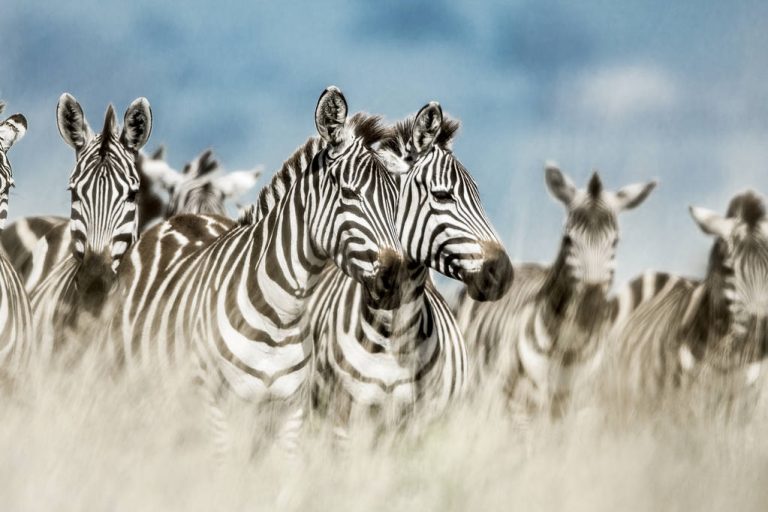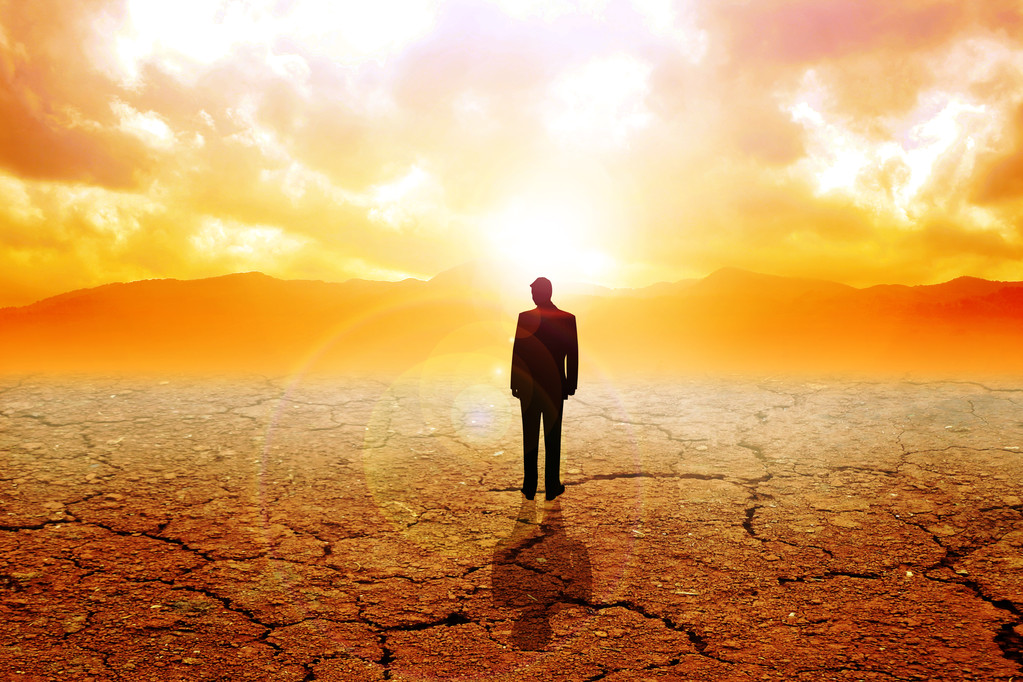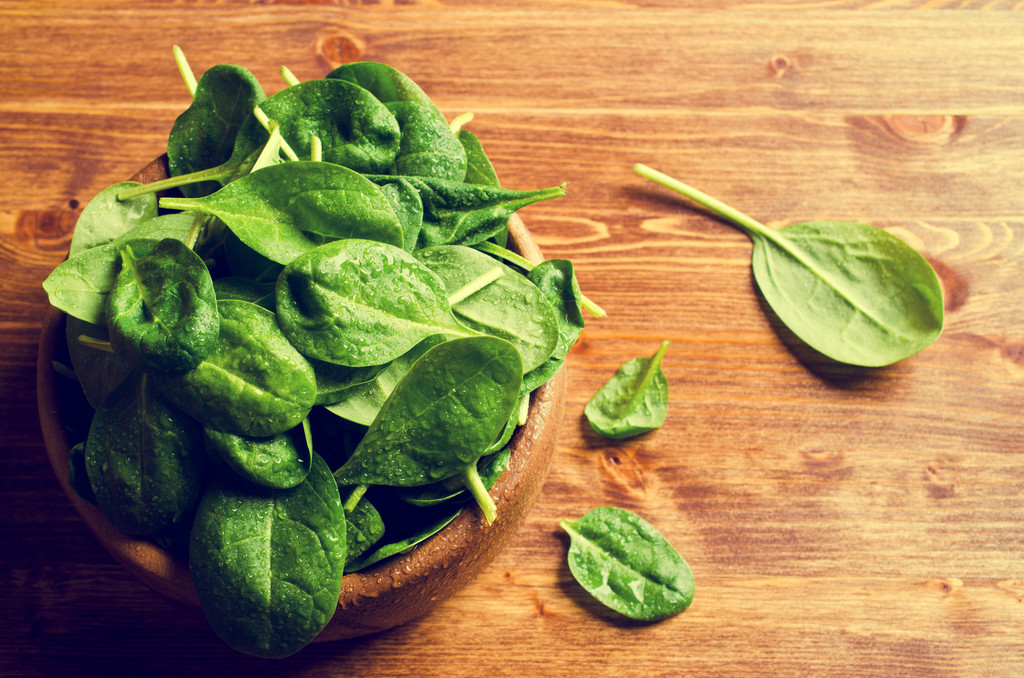Do animals feel grief when they die? What is certain is that they behave differently. This is how animal grief differs from human grief.

That’s how people mourn
What is grief anyway? By definition, grief is emotional pain over a loss or misfortune. One also speaks of an individual and internal process. Mourning people are in a state of emergency. They withdraw, are not very active and hardly react to positive things.
The grieving process varies from person to person. Some people don’t want to face the fact, the misfortune. Others cry and scream, behaving as they did in the earliest phase of their lives.
Mourners are overwhelmed by a feeling of pain, which can also lead to health consequences such as migraines, dizziness, heart palpitations, back pain or faster aging. Some of the symptoms can probably be traced back to a changed hormone balance and the high energy expenditure.
Animals also behave differently after a death
Whether this grief, as we know it from humans, is also widespread among animals is still a matter of debate among researchers. Researchers have observed how animals deal with the loss of a companion. Behavior resembling mourning was noted in six whale species. Orca mothers continued to carry the dead cub’s body on their backs or in their mouths for days. Some have even brought it to the surface of the water.
Similar behavior has also been observed in other intelligent animals. In 2008, a group of chimpanzees were observed at a UK safari park petting a deceased chimpanzee and attempting to rouse it. Elephants keep coming back to the dead herd member for days.
However, other animals such as crows surround the dead conspecifics. Most likely, they only do this to inspect his dead body for the cause of death – out of self-defense. So, is the behavior of the animals really sadness or just self-interest? Maybe the herd animals just have to deal with the fact that they are alone now. Researchers do not agree on this question.
Is grief in animals the same as in humans?
Feelings of grief occur, if at all, when the animals were closely related or had lived together for a long time. The loss of a group member triggers the release of stress hormones in some animals. Because death is accompanied by a loss of security. If a leader dies, the herd of elephants can separate. If the partner dies in wild geese, it is also possible here that the remaining goose loses its place in the flock.
So do animals only feel sadness when their fellow species dies? The example of a female gorilla shows something else: In a zoo, the female gorilla had a pet cat. For weeks after the cat was hit by a car, the female gorilla shared with her carers the signs she had previously learned for sadness and crying.
Even though these signs indicate that animals mourn too, the majority of researchers agree that animals cannot feel compassion. The grief we are talking about is a human concept. After all, one can only observe the behavior of the animals, but not measure their feelings.













